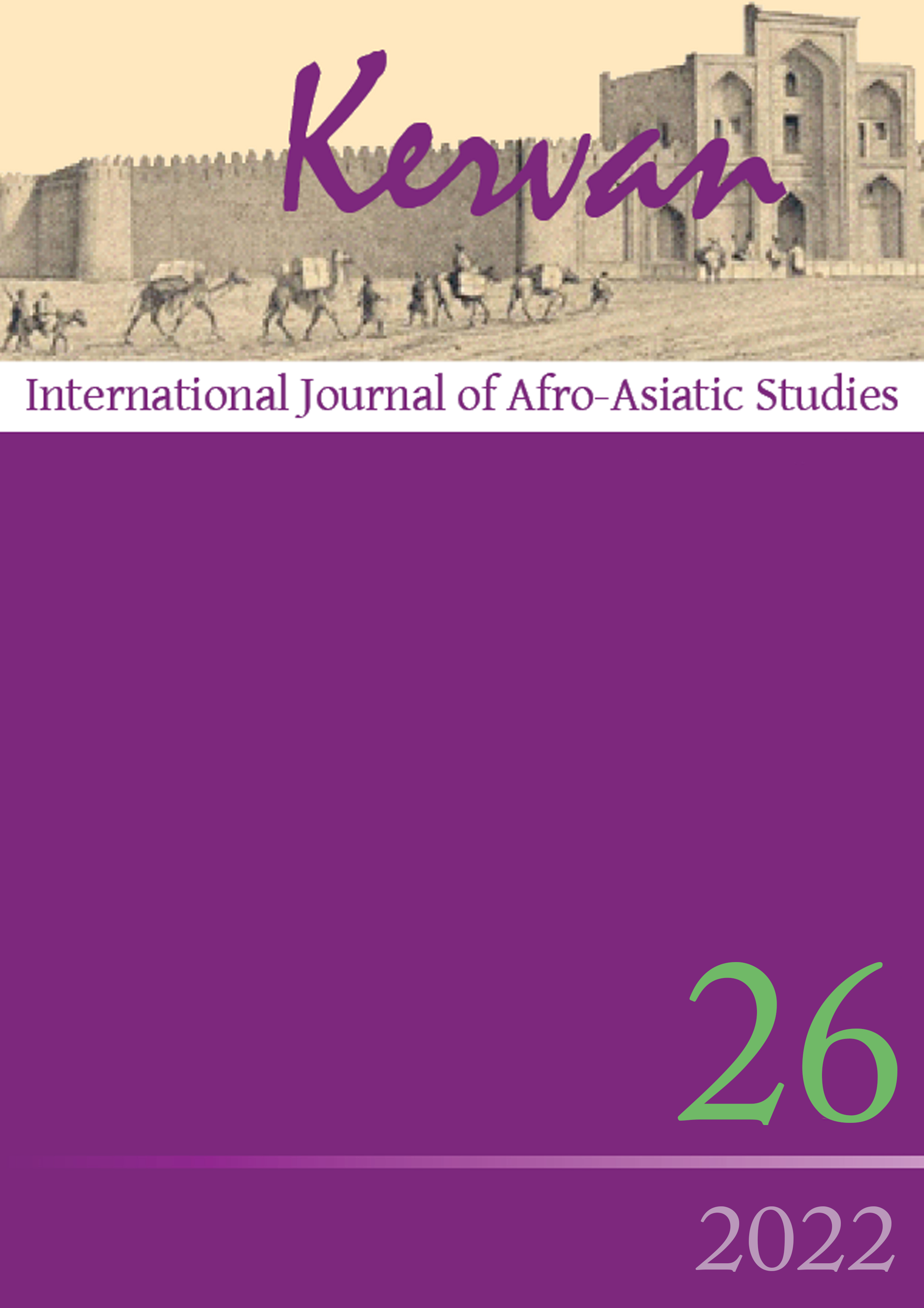Tunis, ville double : les quartiers consulaires médiévaux comme prémices de la ville européenne
DOI:
https://doi.org/10.13135/1825-263X/6889Abstract
Thanks to the conclusion of the first trade and peace treaty between the Emirate of Tunis and the Republic of Pisa (1157), the central area called the “Frankish Quarter” of Tunis was established. Through the signing of new treatises with competing Christian powers, the ”Frankish Quarter” was gradually transformed and became a “Consular District”. At the centre of this process was the fondouk, soul of the Latin Christian quarter, located between the port and the city. In this area, consular institutions gave rise to a specific set of services and equipments intended for a specific and segregated community. After four centuries of existence (1157-1535), the “Consular District” was replaced by a military citadel, the Nova Arx, designed by Italian engineers under count Gabrio Serbelloni’s (1509-1580) command and constructed on the site of the hafsid arsenal. The Nova Arx existed for only one year (1573-1574), when it was dismantled by the Ottomans. With it, the memory of the consular presence in this part of the city vanished until the construction of the French consulate in 1860.
Downloads
Downloads
Published
Issue
Section
License
Gli autori che pubblicano su Kervan accettano le seguenti condizioni:
- Gli autori mantengono i diritti sulla loro opera e cedono alla rivista il diritto di prima pubblicazione dell'opera, contemporaneamente licenziata sotto una Licenza Creative Commons - Attribuzione che permette ad altri di condividere l'opera indicando la paternità intellettuale e la prima pubblicazione su questa rivista.
- Gli autori possono aderire ad altri accordi di licenza non esclusiva per la distribuzione della versione dell'opera pubblicata (es. depositarla in un archivio istituzionale o pubblicarla in una monografia), a patto di indicare che la prima pubblicazione è avvenuta su questa rivista.


 The articles that have appeared on Kervan since 2016 are rated as Class A in the system of National Scientific Qualification (ASN, disciplines 10/N1 and 10/N3).
The articles that have appeared on Kervan since 2016 are rated as Class A in the system of National Scientific Qualification (ASN, disciplines 10/N1 and 10/N3). The journal has been approved for inclusion in DOAJ. The DOAJ listing of the journal is available at
The journal has been approved for inclusion in DOAJ. The DOAJ listing of the journal is available at  The journal has been approved for inclusion in ERIH PLUS. The ERIH PLUS listing of the journal is available at
The journal has been approved for inclusion in ERIH PLUS. The ERIH PLUS listing of the journal is available at  Kervan was just accepted for indexing in SCOPUS. This important milestone ensures that articles published in Kervan are easily found when searching for library, archives and Information science and it enables Kervan authors to keep track of how often their article has been cited by others.
Kervan was just accepted for indexing in SCOPUS. This important milestone ensures that articles published in Kervan are easily found when searching for library, archives and Information science and it enables Kervan authors to keep track of how often their article has been cited by others.
